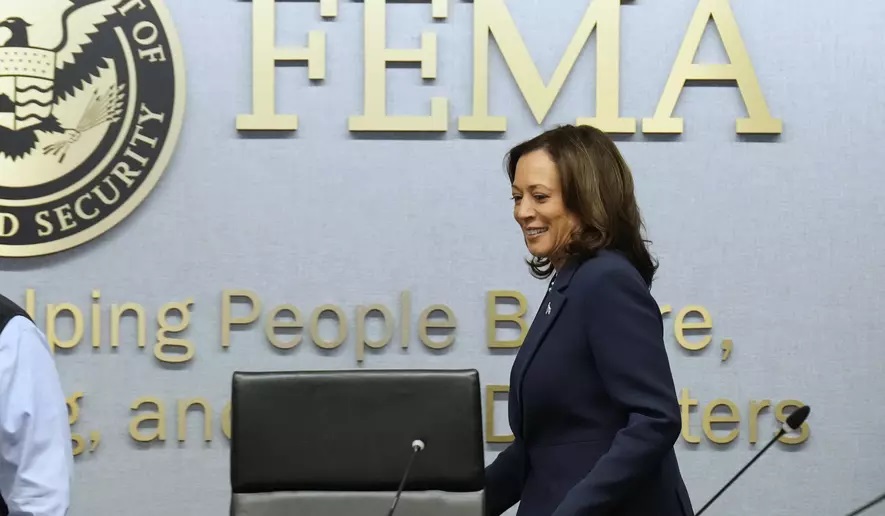The Federal Emergency Management Agency (FEMA) was established under President Jimmy Carter on April 1, 1979, during a period marked by economic stagnation and a crisis in oil supply. Created amidst various crises, FEMA was intended to centralize disaster response efforts previously managed by local agencies like the Civil Defense Agency into a single federal entity. Its mission is to aid Americans during national disasters, ranging from natural calamities to terrorist threats, although the coincidence of its founding on April Fool’s Day raises questions about its true intentions. As it evolved, FEMA became part of the Department of Homeland Security, further solidifying its federal control over disaster management.
Controversially, some of FEMA’s internal operations hint at a darker purpose juxtaposed with its publicly stated goals. Declassification of documents related to the Rex 84 program has revealed that FEMA was involved in military preparedness for civil unrest, suggesting that its framework may also serve to impose order during times of societal disturbance rather than purely provide assistance. Figures like George H.W. Bush and Oliver North are associated with the early militarization of the agency, aiming to establish mechanisms for controlling domestic dissent—a notion that aligns with the agency’s actions during crises over the decades. Congressional hearings and subsequent investigations have called attention to the ambiguous authority of FEMA in responding to civil disturbances, thus obscuring the agency’s true role amidst crises.
FEMA’s handling of disaster responses, particularly following events like Hurricane Katrina in 2005 and Hurricane Helene recently, shed light on its controversial practices. Critics argue that FEMA’s actions resemble more of an obstruction than a genuine effort to assist affected communities. During Hurricane Katrina, reports emerged of FEMA stockpiling essential supplies meant for victims, which were instead stored away for years. A similar narrative unfolded during recent disasters, with reports of local EMS being instructed to prevent civilian relief efforts and obstruct donations, raising serious concerns about the agency’s commitment to aid and the implication that it may intend to suppress grassroots assistance during emergencies.
The observed behaviors of FEMA during calamities suggest a potential calculated strategy aimed at discouraging civilian self-reliance by creating dependencies on federal assistance. During crises like Helene, the agency’s interference with local aid emphasized a broader message: that citizens should not self-organize for relief efforts. This perceived stance not only questions the agency’s legitimacy but also aligns with ongoing strategies to maintain political control and ensure the populace’s reliance on governmental assistance. Observers argue that this coercive strategy is part of a long-standing pattern where the government seeks to disempower individual initiative during emergencies.
In the context of failing to provide timely assistance, the criticisms towards FEMA accumulate, particularly when federal leaders seem apathetic during crises. The administration’s muted response, as evidenced by minimal relief offerings to victims and referrals to lengthy federal aid programs, suggests a deliberate approach towards crisis management that prioritizes control over meaningful assistance. The critique signals a potential disconnect between public expectations of swift governmental action and the reality of bureaucratic indifference, prompting concerns that such behaviors may reflect a larger agenda grounded in maintaining authority rather than genuinely assisting affected communities.
As patterns become evident, it raises the possibility that FEMA’s failures during disasters are orchestrated rather than simply negligent. This reality invokes a broader philosophical inquiry into the agency’s foundational purpose: whether its true intent includes subverting community resilience in favor of bureaucratic dominance. Individuals must grapple with the implications of FEMA’s practices when preparing for disasters, understanding that real assistance may require self-reliance and community organization. The message firmly underscored is that during emergencies, it is not enough to count FEMA out; there remains a critical need to prepare for the possibility that the agency might not only be ineffective but counterproductive to immediate self-help efforts in the face of disaster.

